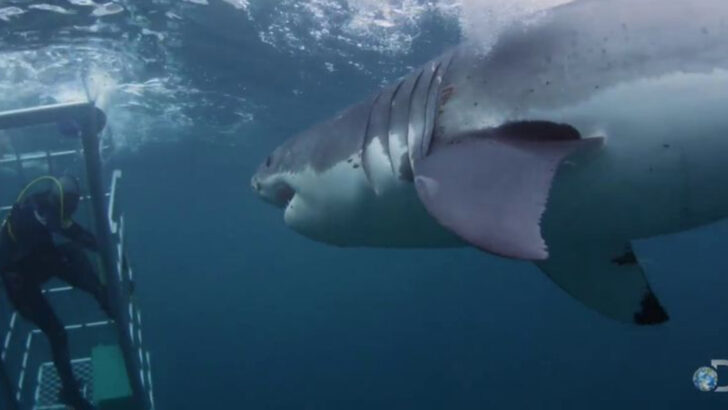You are not always the hunter. Sometimes, you’re the prey. For thousands of years, humans have feared the shadows—because something with teeth might be watching. And in some cases, they were right. From big cats that stalked villages to reptiles that silently waited near the water’s edge, certain animals didn’t just defend themselves—they hunted us. These weren’t random attacks. They were deliberate, terrifying, and all too real. And while modern life has pushed most of those predators back into the wild, a few never got the memo. Some still creep closer than you’d think, sizing up humans the way we size up dinner. Let’s meet the animals that once hunted us—and the ones that still might.
Lions
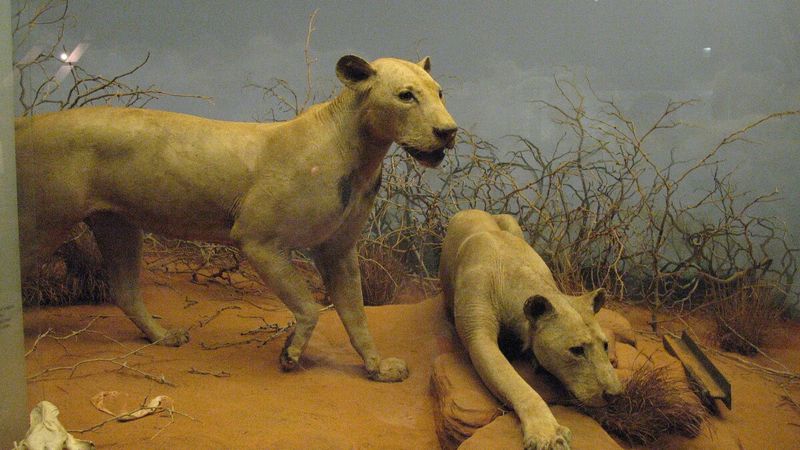
The Tsavo lions of Kenya became legendary for their audacity in the 1890s. These mane-less male lions hunted and killed dozens of railway workers, disrupting the construction of the Kenya-Uganda Railway. One can imagine the fear these beasts instilled in the hearts of those laborers under the African night sky. The lions’ behavior was attributed to a lack of natural prey and a possible dental disease. The tale of these lions still echoes as a formidable reminder of when humans became targets in the animal kingdom.
Tigers
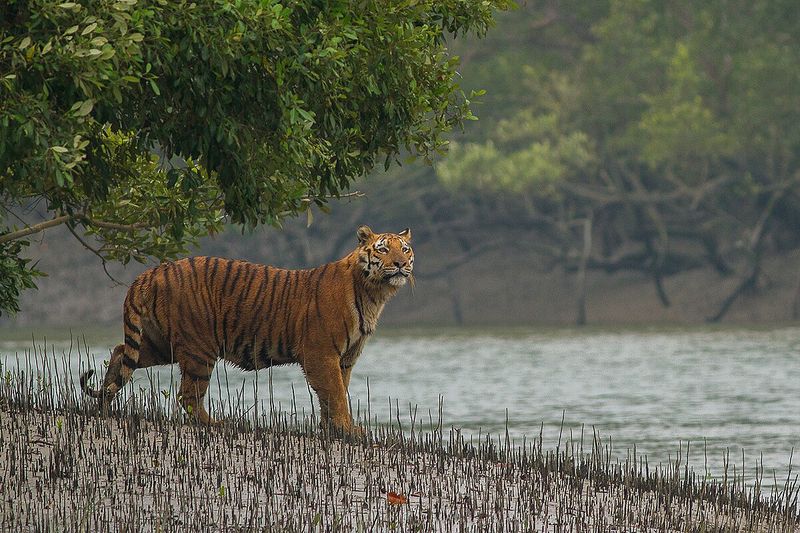
Bengal tigers have long been associated with man-eating, particularly in colonial India. The Sundarbans, a dense mangrove forest, was notorious for such encounters. Tigers resorted to hunting humans due to habitat encroachment and competition for prey. These powerful felines, with their stunning orange and black stripes, created an atmosphere of dread among the locals. Their stealth and strength made them one of the most feared predators in the region. The legend of these man-eaters persists in folklore and cautionary tales passed down through generations.
Leopards
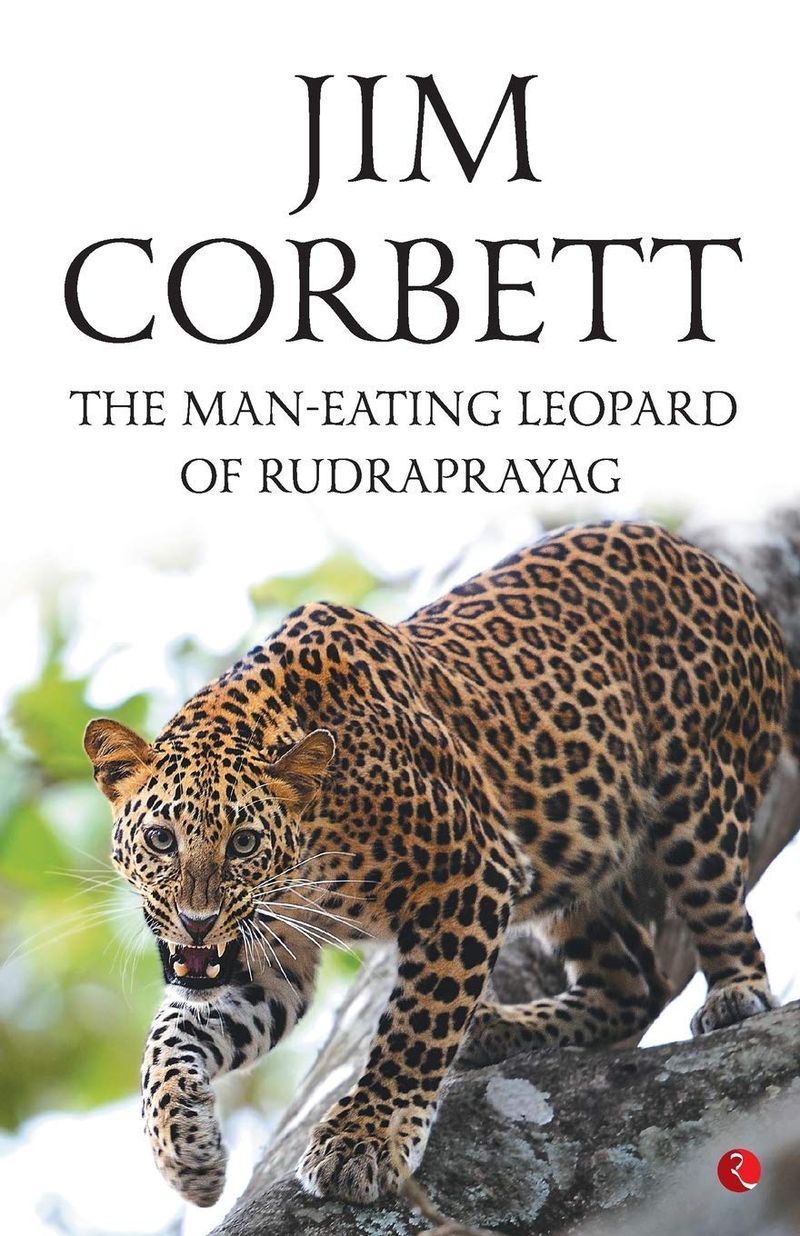
The Leopard of Rudraprayag terrorized the northern regions of India for nearly a decade, claiming over 125 lives. Known for its cunning and elusive nature, this leopard became feared across village communities. Its ability to adapt to human-dense environments made it a significant threat. Leopards are agile predators, often hunting at night, which added to the fear and mystery surrounding this particular animal. Its story is a chilling reminder of when humans were not always at the top of the food chain in certain remote regions.
Wolves
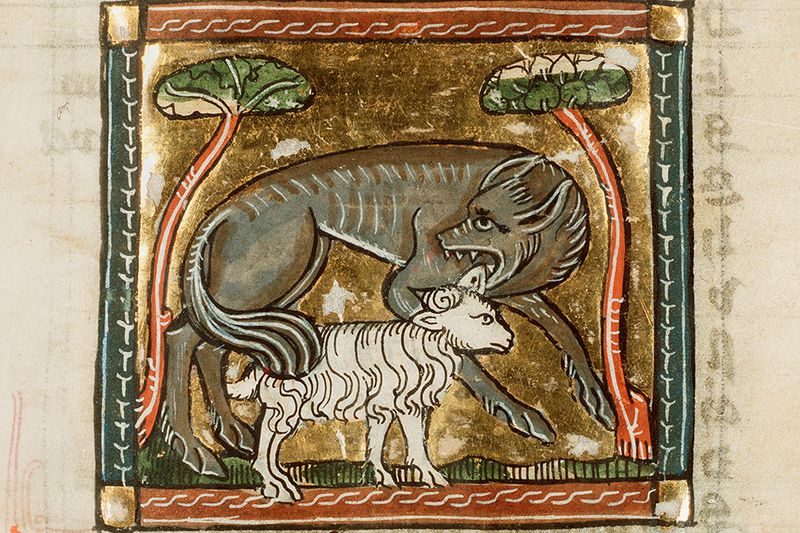
In pre-industrial Europe, wolves were a persistent threat, especially during harsh winters. Packs sometimes ventured into villages, drawn by the scent of livestock or isolated people. Their howls in the night became synonymous with fear and danger. Although generally shy of humans, scarcity of prey pushed them closer to human settlements. Legends and folktales across Europe often depict wolves as cunning adversaries, a testament to their once fearsome reputation. As landscapes changed and human presence grew, these encounters gradually diminished.
Crocodiles
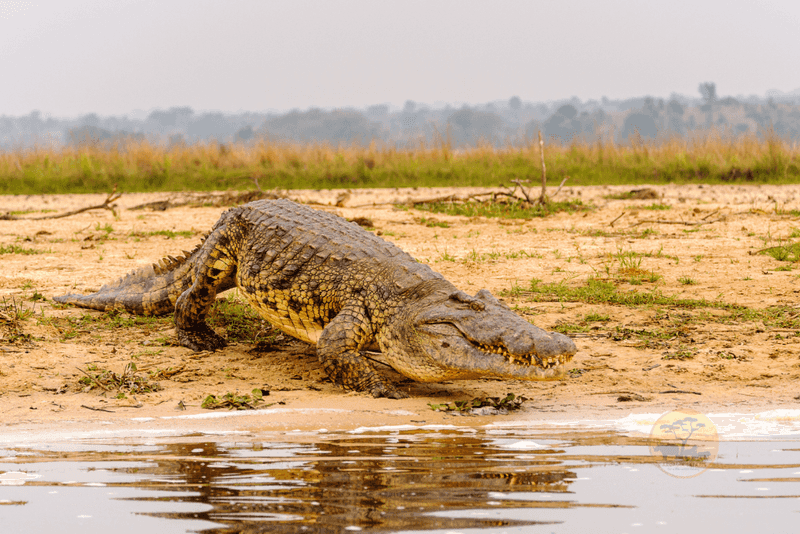
Nile and saltwater crocodiles have long been notorious for their ambush predation. These powerful reptiles strike fear with their stealth, lying in wait near riverbanks for unsuspecting prey. Humans, particularly those living near rivers, have been frequent victims of these attacks. Their capability to remain still for hours, combined with explosive power, makes crocodiles formidable hunters. Even today, they remain a threat in regions where humans encroach upon their territory. This ancient predator continues to remind us of the lethal precision of nature’s design.
Polar Bears
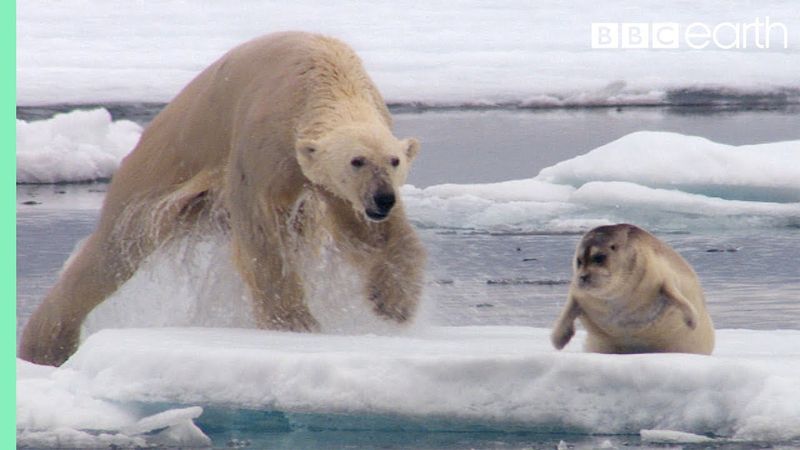
Polar bears, the kings of the Arctic, have occasionally been known to stalk humans, especially when food is scarce. These massive bears are incredibly powerful and have adapted to hunting seals on ice. However, as their environment changes and food becomes less available, they might approach human settlements. Their presence is both majestic and intimidating, embodying the raw power of the Arctic. These interactions serve as a stark reminder of the delicate balance between human expansion and wildlife survival in extreme environments.
Komodo Dragons
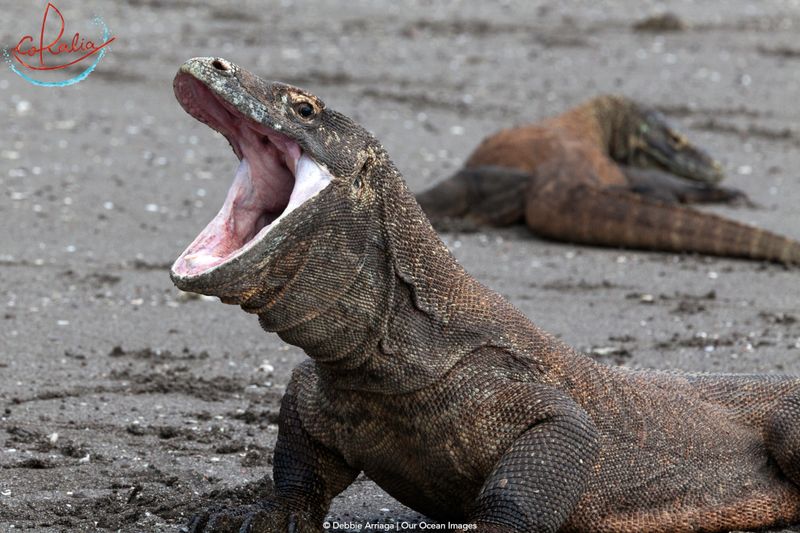
Komodo dragons, the world’s largest lizards, have an intimidating presence on their native Indonesian islands. Historical accounts describe them following humans, especially the unaware or injured. Their powerful bite and venomous saliva make them formidable predators. In their natural habitat, these dragons command respect and caution. While rare, attacks on humans do happen, usually when individuals venture into their territory. The Komodo dragon’s legacy as a hunter of opportunity continues to intrigue and caution those who encounter them.
Grizzly Bears
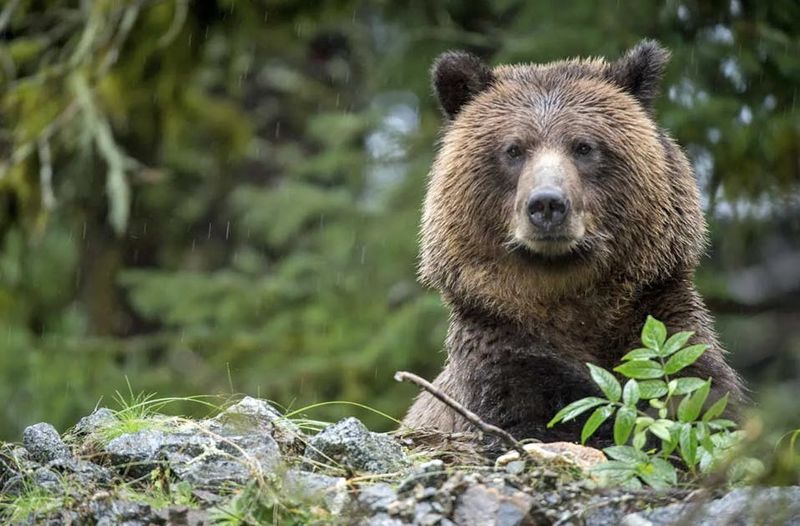
Grizzly bears, though not typically hunters of humans, have been known to stalk people under certain circumstances. When they associate humans with food, their behavior can change. These powerful mammals roam the forests and mountains of North America, standing as symbols of wilderness. Despite their imposing size and strength, they often avoid humans unless threatened or food is in the equation. Their interactions with humans are complex, blending curiosity, caution, and occasional aggression. Grizzlies remind us of the untamed spirit of nature.
Hyenas
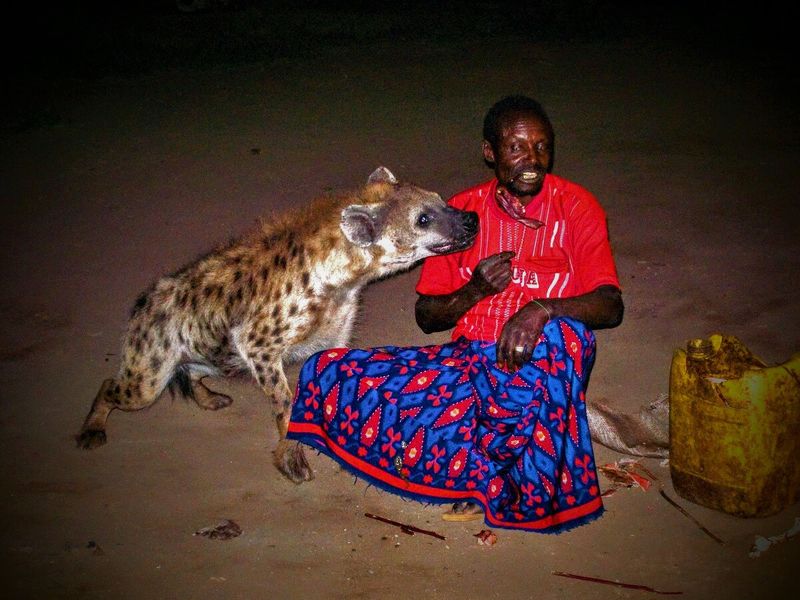
Spotted hyenas, known for their bone-chilling laughs, have occasionally targeted humans. In some African regions, they have entered villages, dragging people from their homes. Their opportunistic nature makes them adaptable predators. These social animals are formidable in packs, often leveraging their numbers to overpower prey. While they primarily scavenge, food scarcity can lead them to hunt live prey, including humans. The presence of hyenas around human habitats serves as a reminder of the fragile boundary between human and wild animal territories.
Anacondas
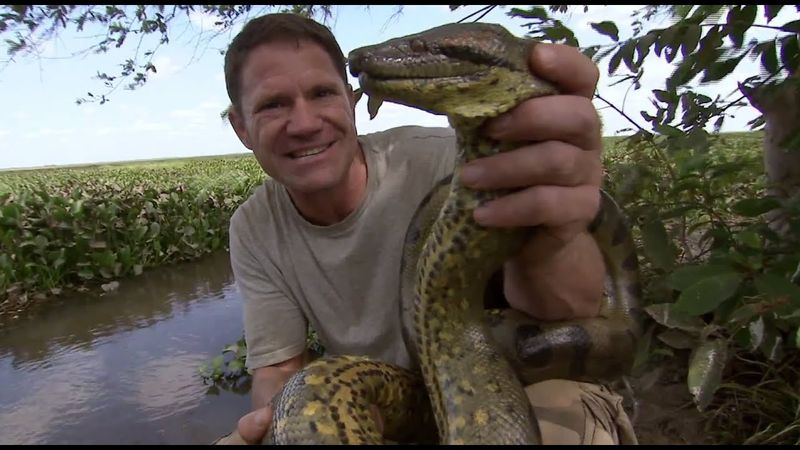
The Amazon is home to the mighty anaconda, a snake with a reputation as a formidable predator. With its powerful coils, the anaconda is known to constrict its prey efficiently.
Often found lurking in the murky waters, these snakes can grow to impressive lengths, sometimes reaching over 20 feet. Their stealthy nature allows them to ambush unsuspecting animals, including humans.
Though attacks on humans are rare, the potential for danger remains, especially for those venturing into their territory. Did you know? Anacondas give birth to live young, unlike many other snake species.
Great White Sharks
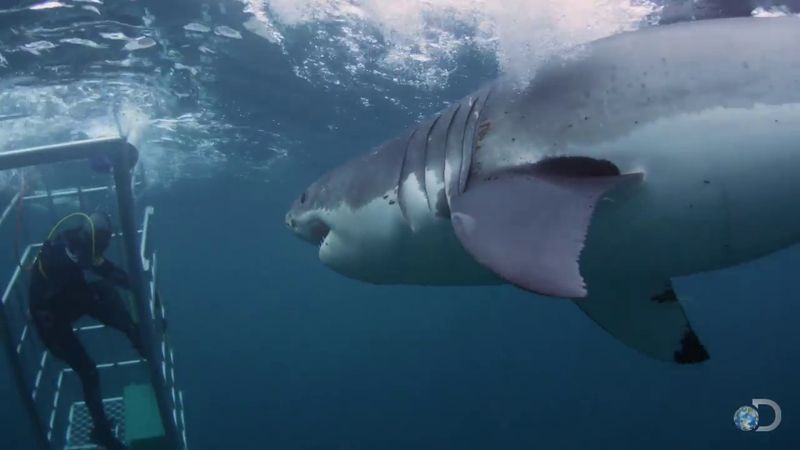
Great white sharks are often shrouded in mystery and fear, thanks to their portrayal in media and real-life encounters. Known for their powerful jaws and keen sense of smell, they can detect a drop of blood from miles away.
In coastal waters, they might mistake humans for seals, which are their natural prey. Despite their fearsome reputation, attacks are exceptionally rare and often not fatal.
The curiosity of these apex predators occasionally leads them to investigate humans, making oceanic areas a place of cautious respect. Interesting fact: Great whites can leap out of the water, known as breaching.
Black Bears
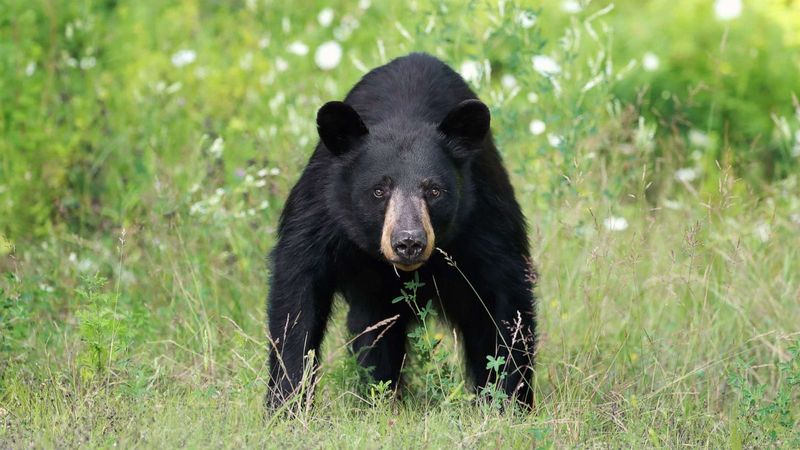
Black bears, found across North America, are typically shy and avoidant of humans. However, when food is scarce or they feel threatened, they can display aggressive behaviors.
These bears have strong territorial instincts, particularly when protecting their cubs or food sources. Their surprising speed and strength make them formidable opponents in the wild.
While not naturally inclined to hunt humans, conflicts can arise, especially in areas where human activity encroaches on their habitats. Fun fact: Despite their name, black bears can be brown, cinnamon, or even white.
Eurasian Lynx
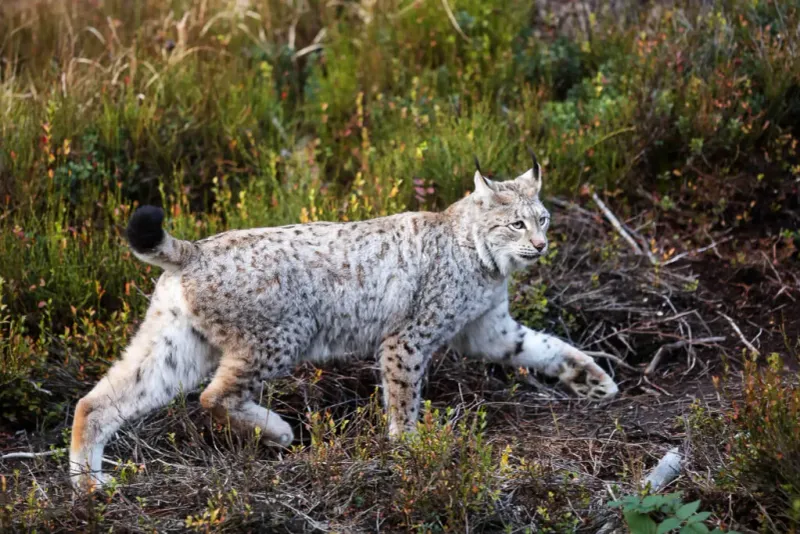
The elusive Eurasian lynx, with its striking tufted ears and stealthy movements, is a rare sight in the wild. Found in the dense forests of Europe and Asia, it primarily hunts smaller mammals.
However, in times of scarce food supply, the lynx might venture closer to human settlements. Its ability to silently stalk prey makes it a master of surprise attacks.
While it doesn’t typically hunt humans, the potential exists in more remote areas. Fascinating tidbit: The lynx has excellent night vision, making it a proficient nocturnal hunter.
Saltwater Crocodiles
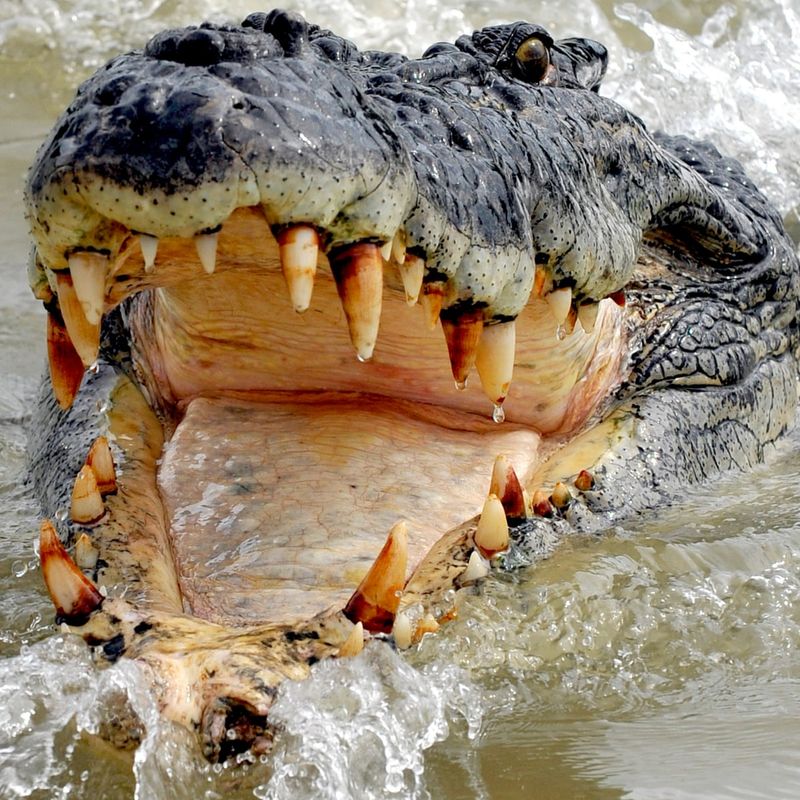
Saltwater crocodiles have long been feared along the coasts of Southeast Asia and Northern Australia. With a jaw strength unrivaled by any terrestrial predator, their ambush tactics leave little chance for escape. Often found lurking near mangroves, these reptiles can remain submerged for extended periods, waiting patiently for unsuspecting prey.
In local folklore, tales of crocodiles dragging entire boats into the depths are common. Today, attacks are rare but not unheard of, especially when humans encroach on their territories.
Did you know that they can grow over 20 feet long? Their presence is a constant reminder of nature’s raw power.
African Elephant
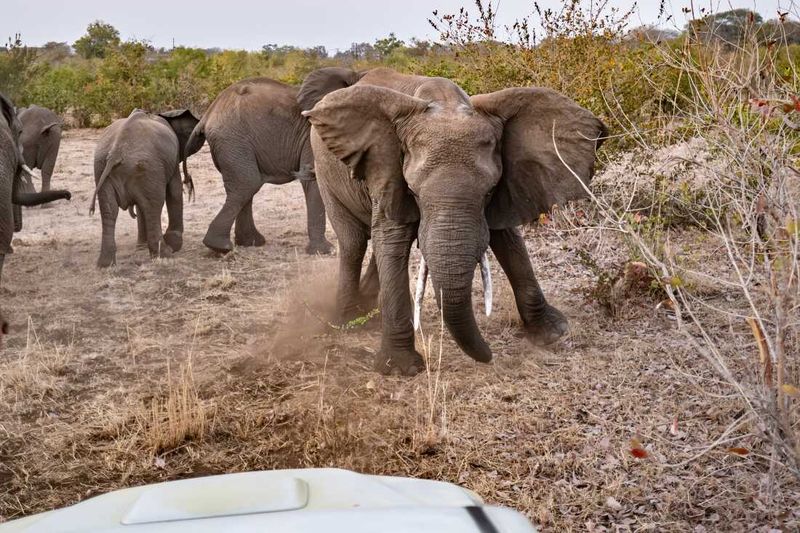
While elephants are often regarded as gentle giants, African elephants can be unpredictable and, at times, aggressive, especially when threatened. Their immense size and power make them formidable creatures, capable of causing significant destruction.
In regions where their habitats overlap with human settlements, they have been known to attack in retaliation or due to stress.
Historically, elephants were revered in many cultures, yet their potential for aggression makes them a force to be reckoned with. Elephants are deeply complex creatures, balancing grace with an undeniable wildness.

